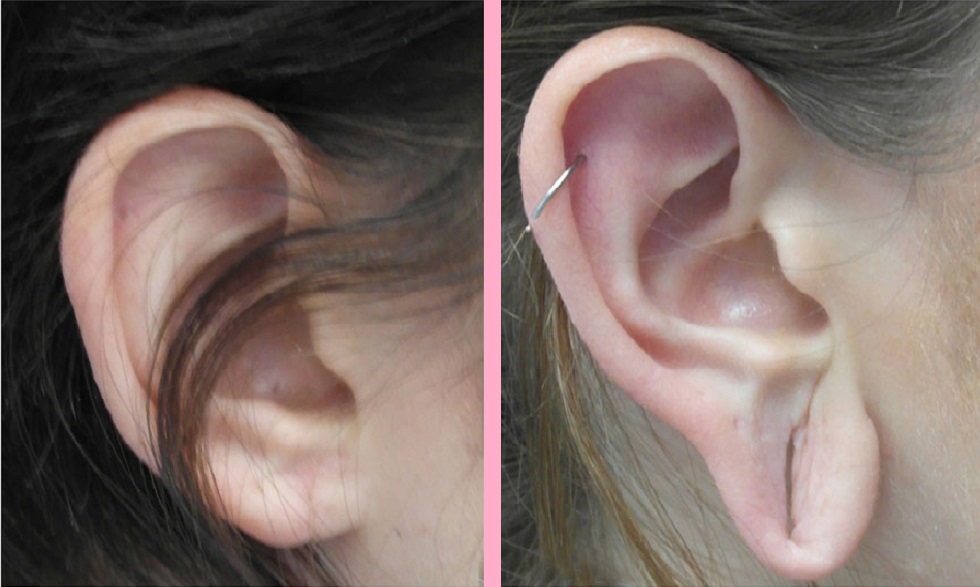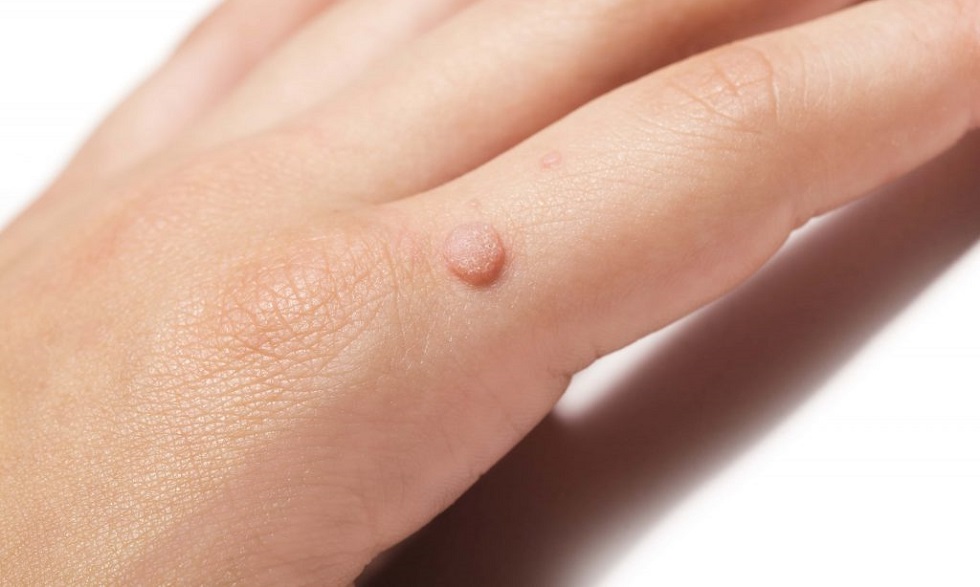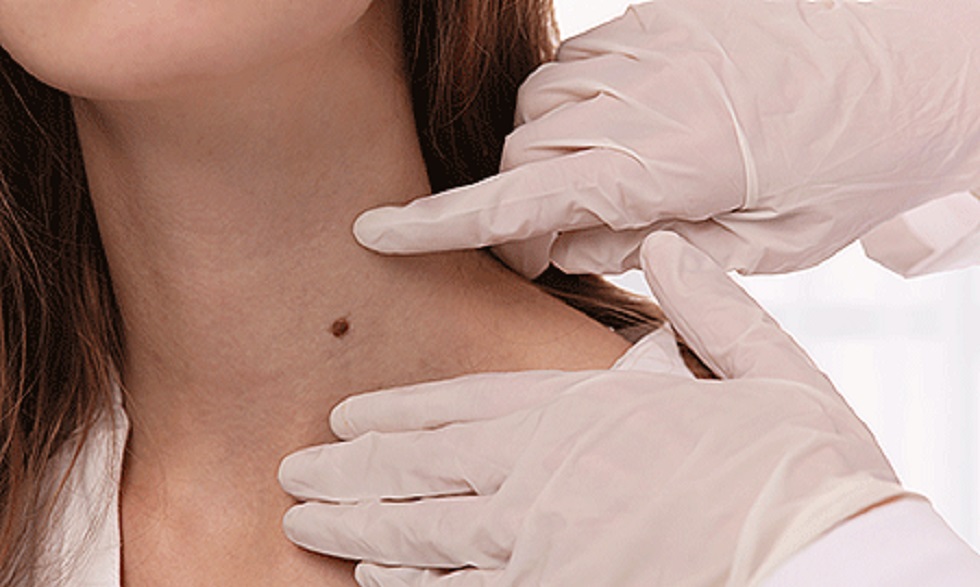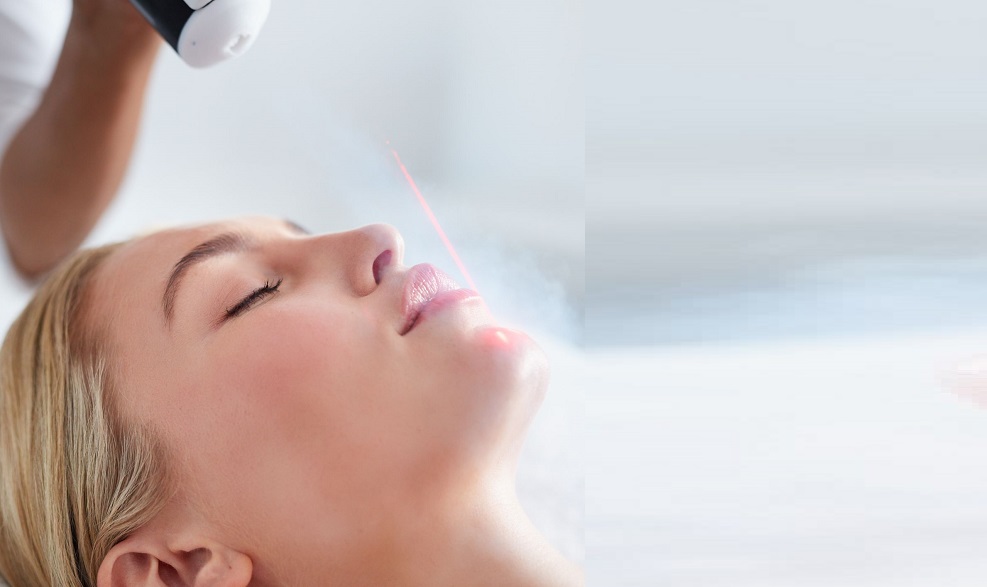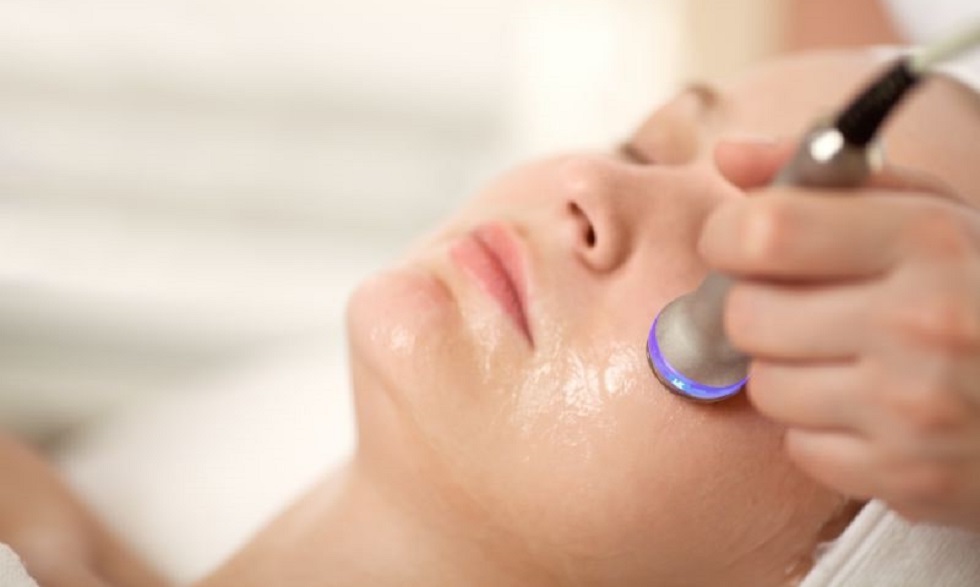Nail Diseases

A nail disease or onychosis is a disease or deformity of the nail. Although the nail is a structure produced by the skin and is a skin appendage, nail diseases have a distinct classification as they have their own signs and symptoms which may relate to other medical conditions.
Onychia is an inflammation of the nail folds (surrounding tissue of the nail plate) of the nail with formation of pus and shedding of the nail. Onychia results from the introduction of microscopic pathogens through small wounds.
Onychocryptosis, commonly known as “ingrown nails” (unguis incarnatus), can affect either the fingers or the toes. In this condition, the nail cuts into one or both sides of the nail bed, resulting in inflammation and possibly infection
. The relative rarity of this condition in the fingers suggests that pressure from the ground or shoe against the toe is a prime factor. The movements involved in walking or other physical disturbances can contribute to the problem. Mild onychocryptosis, particularly in the absence of infection, can be treated by trimming and rounding the nail.
More advanced cases, which usually include infection, are treated by surgically excising the ingrowing portion of the nail down to its bony origin and thermally or chemically cauterizing the matrix, or ‘root’, to prevent recurrence. This surgery is called matrixectomy. The best results are achieved by cauterizing the matrix with phenol.
The Vandenbos Procedure is a highly effective method that focuses on excision of excessive nail fold tissue without affecting the healthy nail and nail matrix. The Vandenbos Procedure is showing high success rates in eliminating onychocryptosis without altering the normal nail. Another, much less effective, treatment is excision of the matrix, sometimes called a ‘cold steel procedure’.
Related Services

Dr. Priya Diwaker
Dermatologist in Raipur
Dr. Priya Diwaker, completed her MBBS from government medical college, Bilaspur and her post graduation in Dermatology from JJM Medical College, Davangere.
Our other services
Timings
Mon - Sat (09:00Am - 10:00PM) Sun - (10 am–7 pm)
Phone No
+91-74894 92554
address
1st floor, Indian Chilli Square, Shankar Nagar Rd, opposite Vidya Hospital, Geetanjali Colony, Shankar Nagar, Raipur, Chhattisgarh 492001
